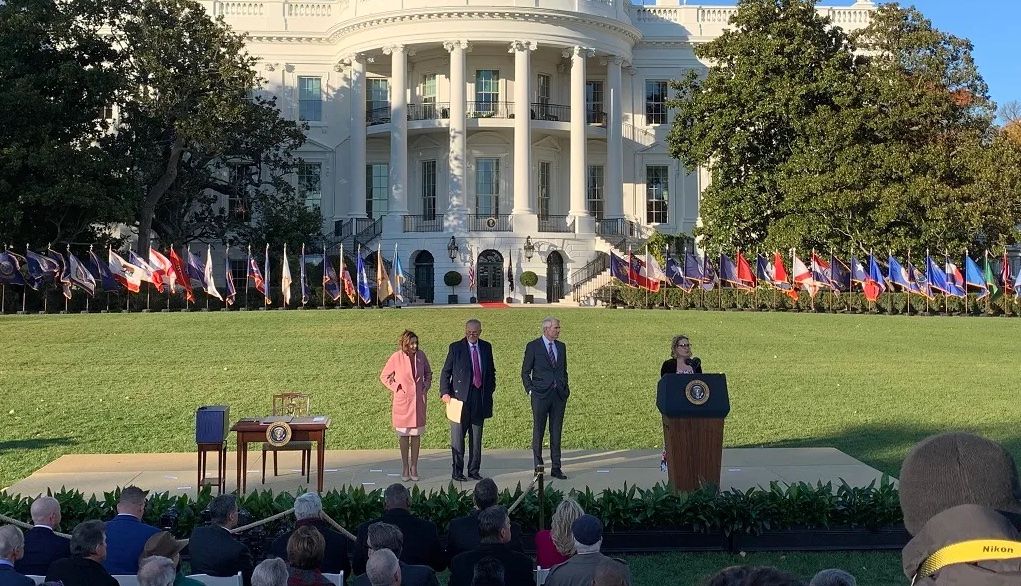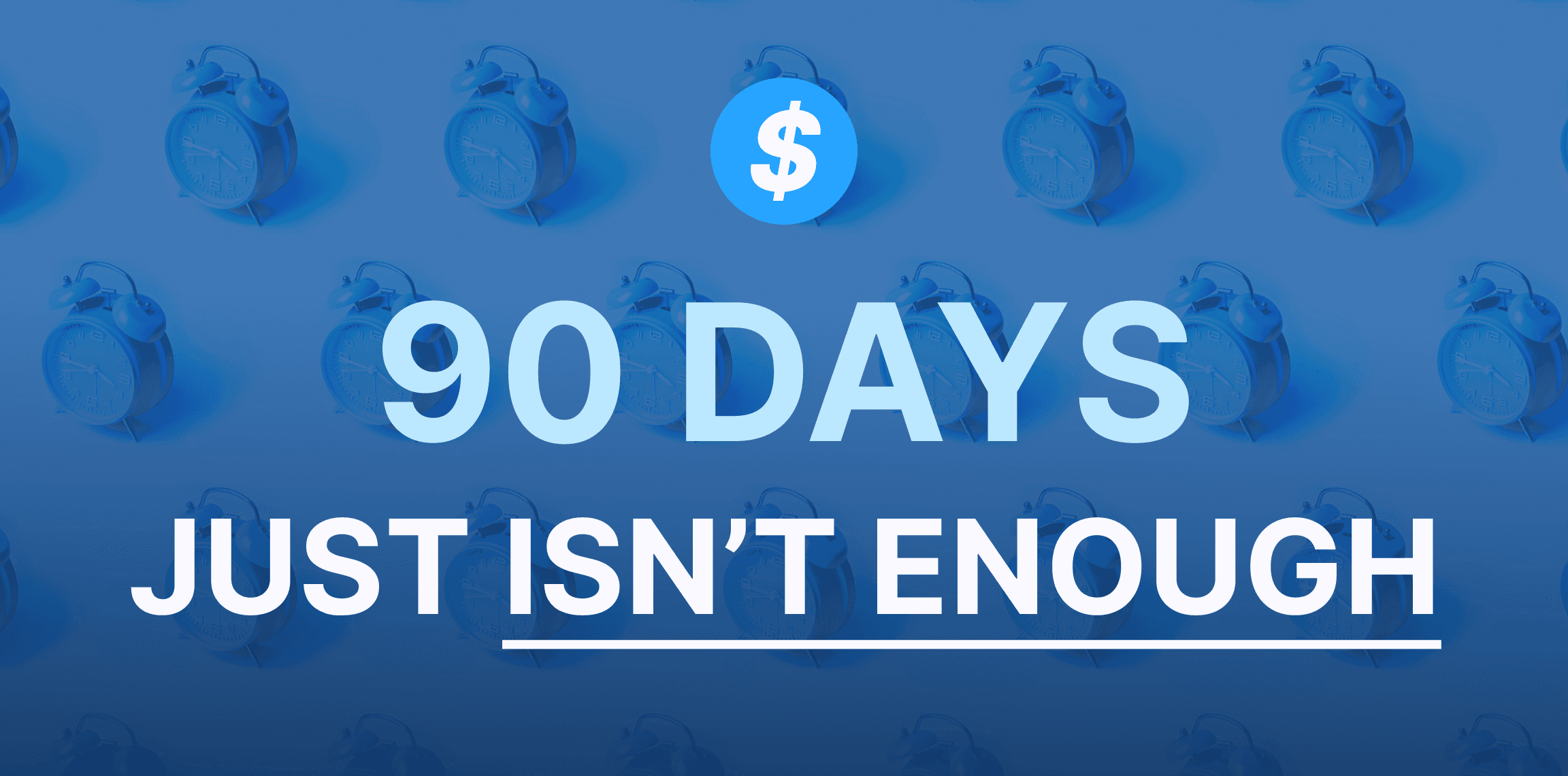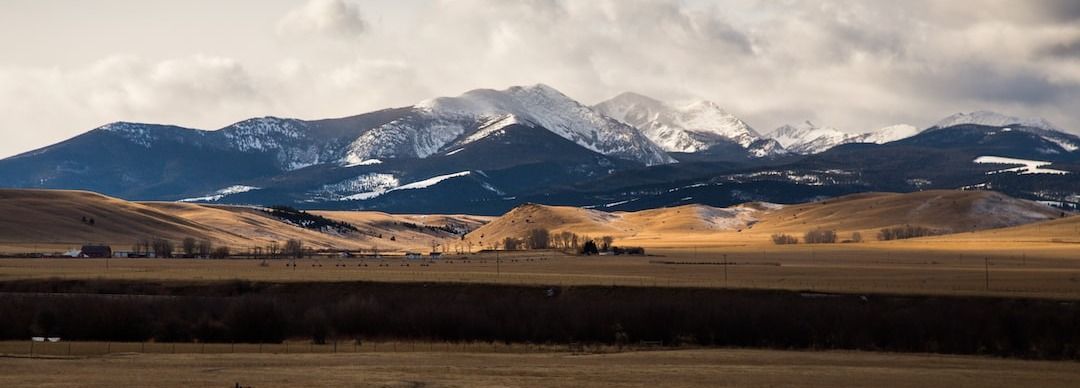Think you can complete your BEAD application in 90 days? Think again.
January 18, 2024
If you're waiting for your state's application, you'll be too late.

On November 15, 2022, the White House celebrated the one year anniversary of the passing of the bipartisan infrastructure bill that has become a signature item of the administration of President Joe Biden.
Separately, the National Telecommunications and Information Administration of the U.S. Commerce Department issued a statement on the broadband-focused portions of the measuring, calling the law an “ historic investment, providing resources to close the digital divide on an unprecedented scale.”
Among the points of progress included the introduction of Notices of Funding Opportunity ahead of deadline, securing applications for participation in the broadband-focused programs from all eligible states and territories, obtaining 247 applications for middle mile grants, awarding $1.5 billion to Tribal entities and minority-serving institutions, highlighting federal program officers for every state.
Speaking at a more big-picture event, White House officials discussed the $1.75 trillion dollars made available for infrastructure projects, of which $65 billion was allotted specifically for broadband infrastructure.
Tuesday’s call featured both former and current mayors, including former-Mayor of New Orleans, Louisiana, Mitch Landrieu, former-Mayor of Atlanta, Georgia, Keisha Lance Bottoms, and the Mayor of Phoenix, Arizona, Kate Gallego.
Their presence was aligned with the sentiment of their presentation, which emphasized the importance of non-federal actors in ensuring that federal funding is not squandered.
Deputy Coordinator for the White House Infrastructure Implementation Team Samantha Silverberg stated that Tribal groups, businesses, philanthropic organizations, faith-based institutions, and state and local governments would be the most important players making sure that funding is dispersed in an equitable manner.
The IIJA has been dubbed the “Build Back Better Framework” by the White House.
“‘Better’ means no one is left behind,” Silverberg said. She pointed to the 14.8 million households that have taken advantage of free or reduced-cost broadband that has been made available to Americans via the Affordable Connectivity Program.
She also stated that broadband was one of the primary sectors that has become a focus for workforce development initiatives designed to expedite the rate at which broadband infrastructure will be able to be deployed and maintained.
During the call, Landrieu, who now serves as the senior advisor and broadband coordinator for the president’s administration, stated that his team is primarily concerned with three things: building a team, getting the money out, and telling a story.
He said that the government has successfully pushed out $185 billion in federal monies, for 7,000 projects, across 4,000 communities, as part of the IIJA. He added that the government has hired 300,500 federal employees to assist with the implementation of the bill.
The NTIA statement included this additional information about the broadband portions of the measure:
Because of these efforts, families across the U.S. will have expanded access to high-speed Internet service and digital skills training that will improve education, jobs, and healthcare.
The Internet For All initiative is moving with speed to deliver on the Infrastructure Act’s goal. We’re proud of what we’ve accomplished in the first year, which includes:
- Crafting Notices of Funding Opportunity – ahead of Congress’ deadline – for the Broadband Equity, Access, and Deployment (BEAD); Enabling Middle Mile Broadband Infrastructure; and State Digital Equity Planning Grant programs explaining how funding will be awarded and establishing application deadlines for states and territories.
- Obtaining applications from all eligible states and territories—56 in total—to participate in Internet For All.
- Securing 247 applications for Middle Mile program grants, which will reduce the cost of bringing high-speed Internet service to unserved and underserved communities.
- Awarding more than $1.5 billion in grants to Tribal entities and minority-serving institutions—including more than $300 million from the Infrastructure Act—to ensure communities that are often the hardest to reach can deploy high-speed Internet service.
- Calling more than 2,500 Internet service providers to encourage them to provide data for the forthcoming map of high-speed Internet availability from the Federal Communications Commission (FCC), on which NTIA will base its state budget allocations for the BEAD program.
- Hiring Federal Program Officers to cover every state and territory participating in Internet For All to ensure each has a point of contact within NTIA for help with their broadband funding needs.
- Co-hosting local coordination events in six states—and counting!
- Holding 20 listening sessions and office hours as well as 22 webinars to address concerns and questions from applicants.
- Hosting seven consultations with hundreds of Tribal leaders to solicit their input on program rules.
- Conducting more than 70 one-on-one technical assistance sessions for applicants of non-competitive programs.
- Responding to more than 360 inquiries across the BEAD, Digital Equity, and Middle Mile programs.
- Addressing state and local government stakeholder groups such as the African American Mayors Association, the Council of State Governments, the National Association of Latino Elected and Appointed Officials, the National Governors Association, the U.S. Conference of Mayors, and the National Organization of Black Elected Legislative Women.
Photo of signing of Infrastructure Investment and Jobs Act on November 15, 2022, by Ben Kahn from Broadband Breakfast

January 18, 2024
If you're waiting for your state's application, you'll be too late.

January 09, 2024
The big sky state joins a small list of eligible entities that have kicked off their broadband challenge process.